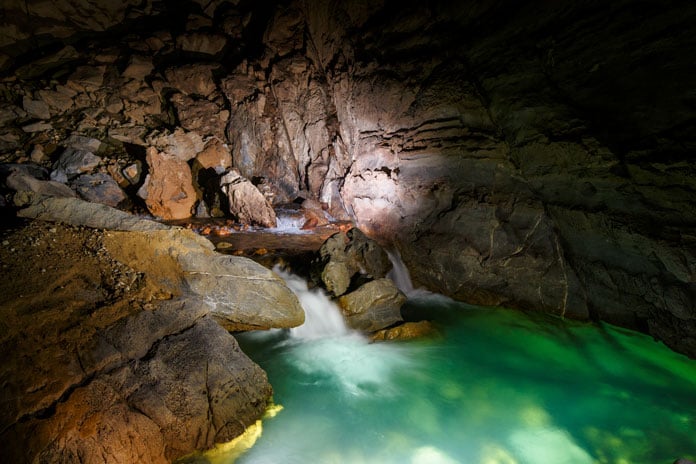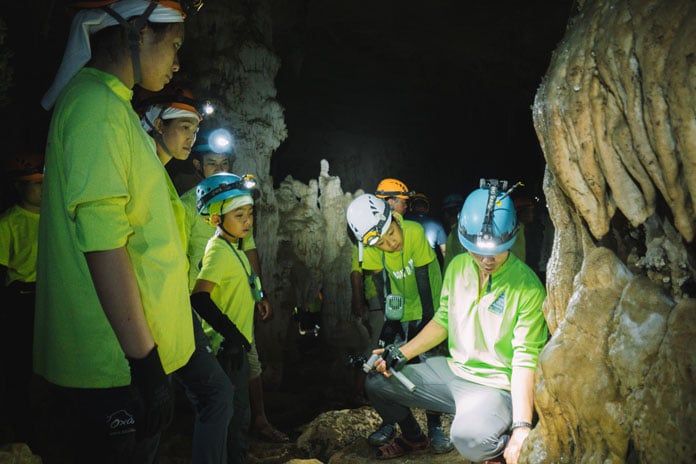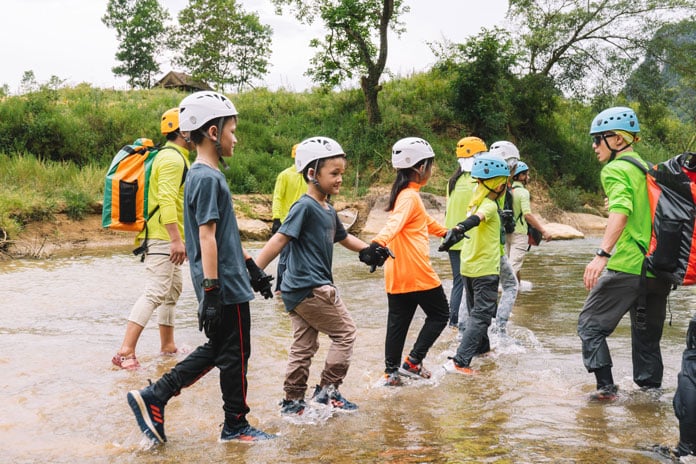Ecosystem of Hang Ba area
The Hang Ba area is located in the core zone of Phong Nha - Ke Bang National Park, on Km 23 of Highway 20.
Phong Nha - Ke Bang National Park has 3 main subdivisions: a strictly protected zone, an ecological restoration zone, and a service administrative zone. Hang Ba area is a part of the strictly protected zone, with primary rainforest and is home to many rare and ancient trees such as Dracontomelon, Iron-wood, Ebony, and White-olive. Under the green canopy of the forest is the home of hundreds of animals and birds, including some typical species with very specific songs such as Laughingthrush, Hwamei, White-rumped Shama, and Coal Shama.
Biodiversity
Flora in Hang Ba Area
The Hang Ba area also has a diversity of flora, due to the diversity of forest types and habitats. This area lies along the slopes of limestone mountains, with high humidity and different types of soils: loose soils and low-nutrient sandy soils. Suitable for many shrubs, bamboo shoots and large ancient trees.
Throughout this area, there are many scientifically and economically valuable tree species, divided into 7 based on their uses. For example uses such as timber, sap oil plants, medicinal plants, edible plants, plants used for knitting and for yarn, ornamental and shade plants and plants for dyes.
The habitat type of this area is the tropical moist evergreen forest on limestone mountains under 700m high, the area still has some major species of trees such as Dracontomelon Iron-wood, Ebony, White-olive, Truong Sang, Tau Nui da – Hopea vietnamensis, Diospyros salletii, Diospyros mun, Mau Cho, Dau Da Xoan (Iron-wood is a rare tree in the Red Book of Vietnam and the IUCN World Red Book). Gymnosperms often encountered several species: Tue Nui Da - Cycas chevalieri, Thong Nang - Dacrycarpus imbricatus and Hong Tung.
Regarding plants, in the list of endangered species prioritised for protection by Phong Nha - Ke Bang National Park, the Hang Ba area has 3 species; Kien Kien (Hopea pierrei Hance), Sao mang (Hopea reticulata Tardieu) part of the Sao (Hopea) and Dau (Dipterocarpaceae) families; Lan Hai Xanh (Paphiopedilum malipoense) belonging to the Orchidaceae family.
Fauna in the Area of Hang Ba
The ecosystem comprises limestone mountains, soil mountains, rivers and streams with a dense coverage of evergreen forests, creating an ideal habitat for many species of animals.
In Hang Ba area, there are often seen traces of animals such as footprints and feeding tracks of ungulates such as deer, wild boar, and Serow.
Besides, through the camera trap system, footage of animal activities can be viewed. In particular, this area is a suitable habitat for some animals such as Serow, primates (monkeys, langurs, gibbons, loris), civets, cats, otters and birds of the Phesianidae family (wild chickens, pheasants, and Peacock Peasant).
Of the 39 endangered species prioritised for protection, are 5 primate species; Ha Tinh Langur (Trachypithecus hatinhensis), Red-shanked Douc Langur (Pygathrix nemaeus), Siki Black Gibbon (Nomascus siki), Slow Loris (Nycticebus bengalensis) and Pygmy Loris (Nycticebus pygmaeus).
In 2019 unconfirmed images, potentially of the extremely rare Saola species were captured.Saola (Pseudoryx nghetinhensis), is one of the rarest mammals in the world, and inhabits remote mountainous areas in the Truong Son Mountains in Vietnam and Laos. Saola is a very rare species classed as ‘critically endangered’ in the International Union for Conservation of Nature (IUCN) Red List of Endangered Species, and in the Red Book of Vietnam. No live animal has been seen for over 20 years.
The conservation of the Hang Ba ecosystem
One of the threats to the ecosystem in the Hang Ba area is unauthorised hunting and logging. Either due to the population growth of ethnic minority communities in the area leading to increased exploitation of forest resources, or families living in poverty in the buffer zone. The lack of a stable and sustainable income means that wildlife poaching and other exploitation activities will continue until this issue is resolved.
Invasive plant species are also impacting on the biodiversity of the national park.
Methods being undertaken taken to conserve and develop this ecosystem.
Phong Nha - Ke Bang National Park Management are applying various strategies, including around the Hang Ba area.
- Enforce rules and regulations and raise awareness in the local communities.
- Park Ranger patrols to detect and deal with offences leading to illegal exploitation of biodiversity.
- Conservation and coordination in biodiversity protection
- Scientific research
- Wildlife Rescue, rehabilitation and release
The development of Hang Ba ecosystem
Carrying out ecotourism in the Hang Ba area is one of the methods that contributes to the protection of the Hang Ba ecosystem. The implementation of the tour in this area will help raise people's awareness around protection of the ecosystem. At the same time, by creating jobs, it contributes to reducing and limiting the number of villagers going in and out of the area for illegal hunting or poaching.
Travel and explore the Hang Ba ecosystem
With the permission and authorization of the Management Board of Phong Nha - Ke Bang National Park, Oxalis is currently the only company to carry out ecotourism activities in the Hang Ba Area. Hang Ba Deep jungle Expedition is a new product that Oxalis has designed to provide unique and unusual experiences. This is the only tour where 95% of the trek is under the canopy of the primaeval rain forest. Additionally, it is also an opportunity for those who are passionate about nature to learn more and experience more of the variety of flora and fauna of this Vietnamese national park. With the goal of building Sustainable Tourism, Oxalis wants to create a new tourism model where humans minimise their impact on nature. The implementation of eco-tours in this area also contributes to curbing illegal hunting and logging activities, furthermore, a part of the cost of the tour will be donated to National Park conservation projects.
In order to accomplish this, Oxalis adheres to strict regulations for operating tours in the Hang Ba ecosystem. The tour will go into the ecological restoration area of Phong Nha Ke Bang National Park, therefore all the logistics from camping gear, meals, campsites, and customer activities will be limited to minimise human impact on nature.
- All equipment, tents, camping items on the tour, and clothes of participants in the tour must be in a dark colour to blend in with the forest surroundings. Headlights used during the night at the campsites will be in red light mode.
- Campsites will also minimise the use of permanent structures, only using the Dai Cao cave entrance, Light Cave and Vinh Dai Cave as a place for guests to spend the night and leaving the most beautiful natural areas for wildlife to enjoy.
- On the trek and at the campsite, everyone is asked not to laugh or talk loudly, or make any loud noises that would disturb wild animals.
- Food on the tour is also prepared at home by Oxalis before departure, minimising cooking and processing in caves and campsites to avoid noise.
- It is the only tour with a maximum of 6 guests per group to ensure minimal impact on the core zone of the National Park.
Located in the strictly protected zone of the Phong Nha - Ke Bang National Park, near the border of Laos, Hang Ba area has a diverse ecosystem with an ancient primaeval forest canopy and is home to rare and precious animals. Implementing this type of eco-tour in the Hang Ba area is one of the ways to contribute to the preservation and conservation of the ecosystem in this area.
The Oxalis Experience.
Whether you prefer long treks, camping in a cave, sleeping under the stars in the jungle, swimming underground in river caves, explore the huge dry caves or just taking an exploratory day trip, Oxalis Adventure Tours can provide the right amount of adventure just for you.

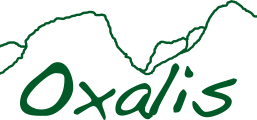

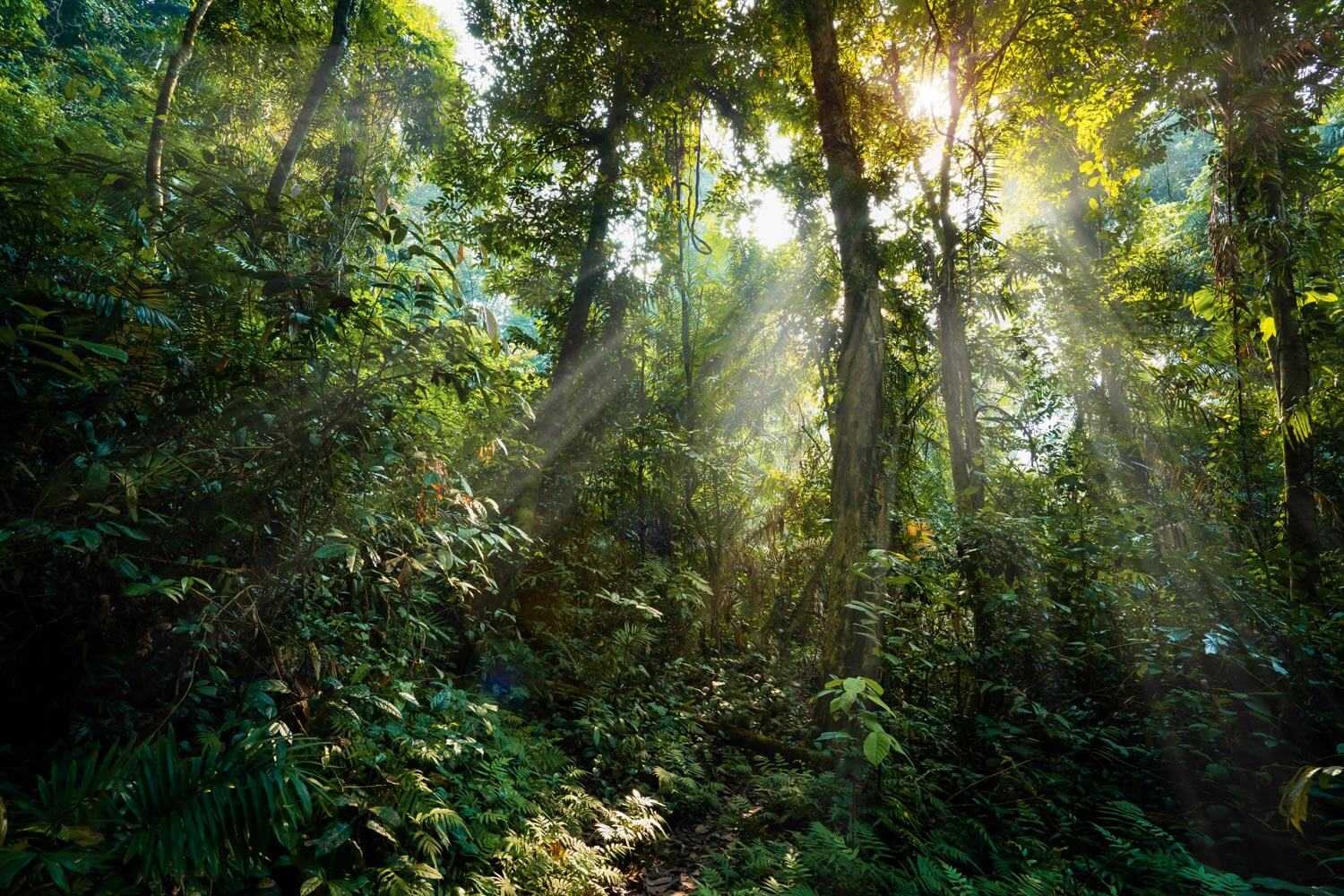
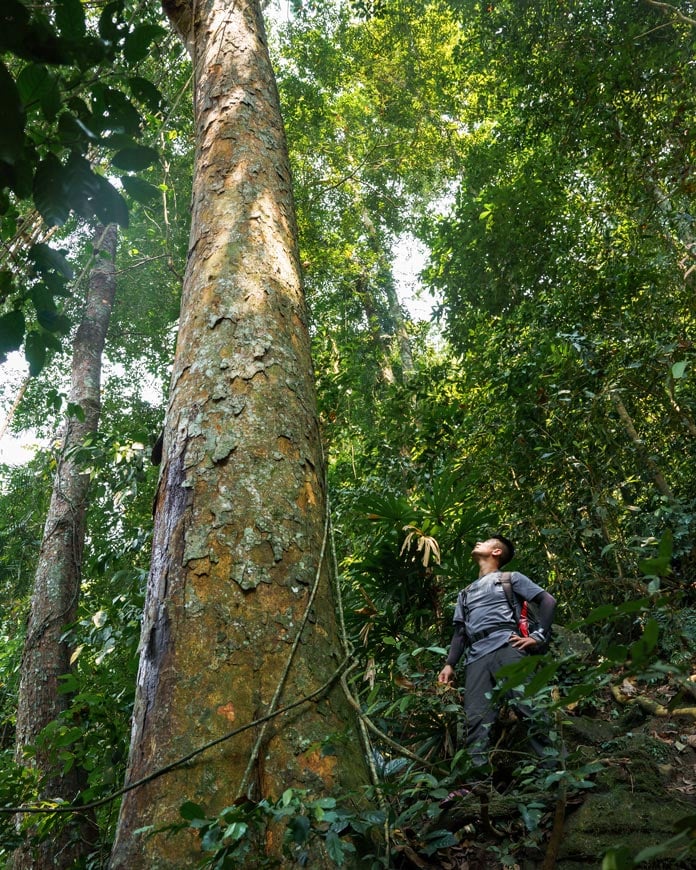
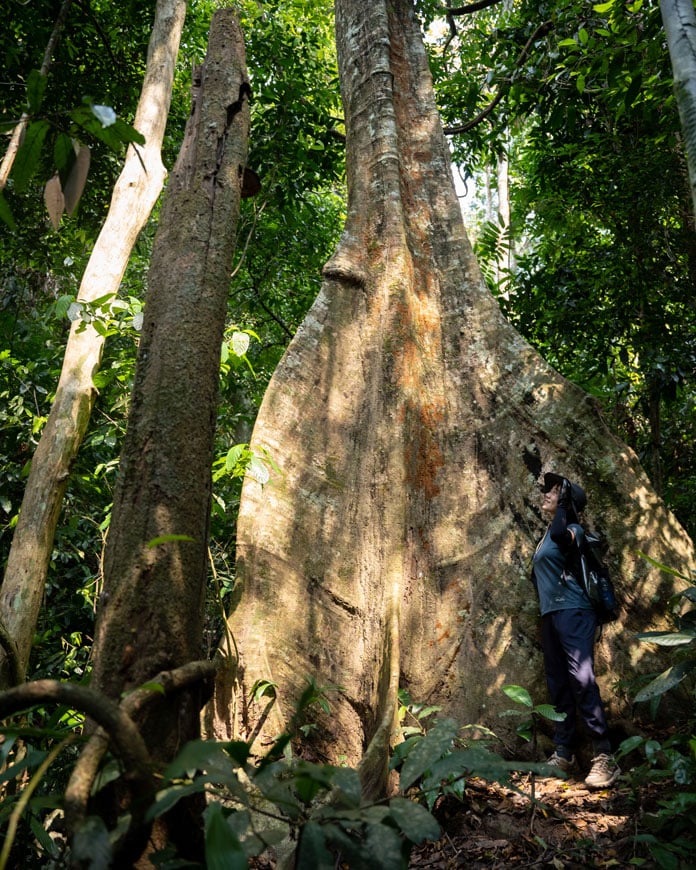
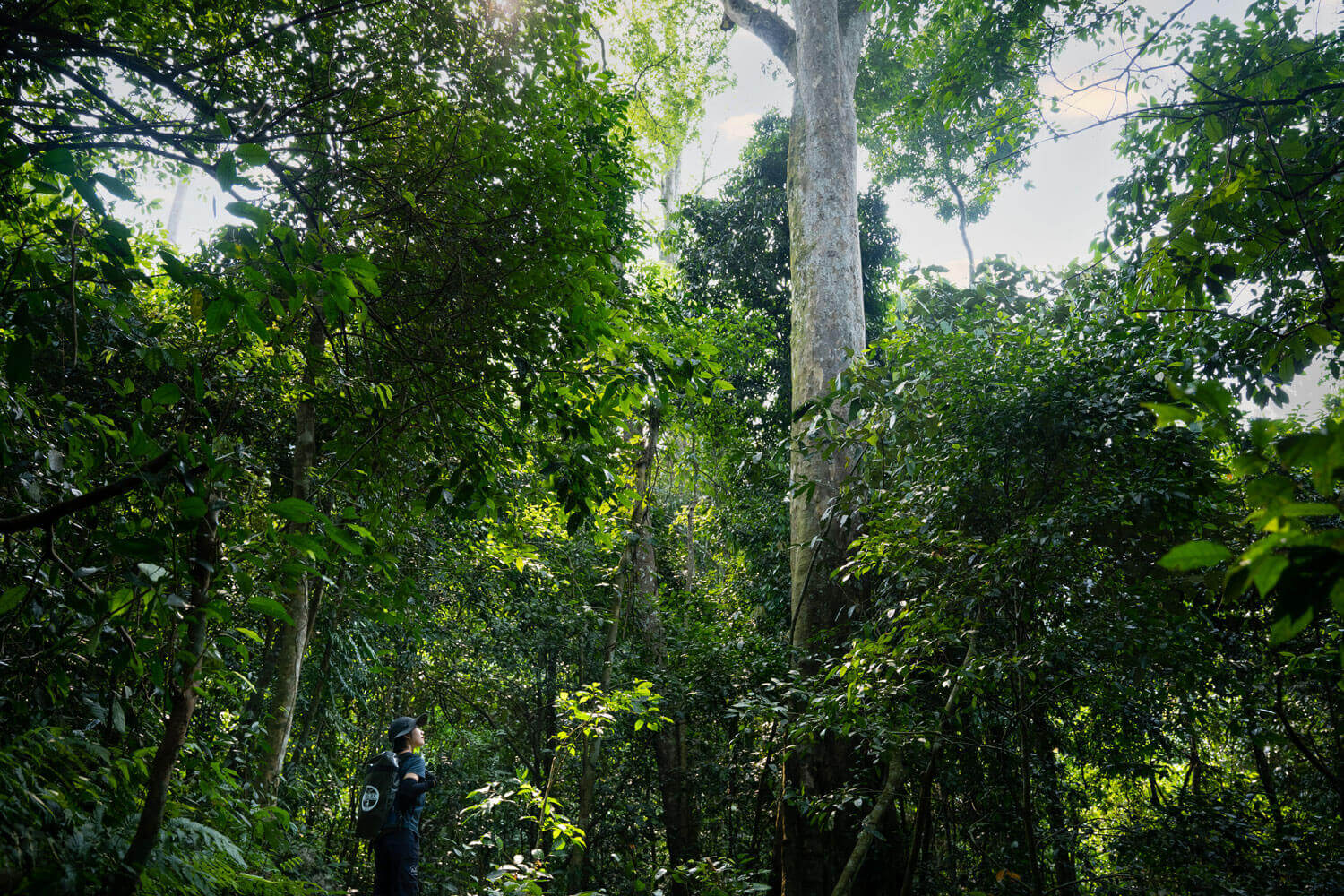
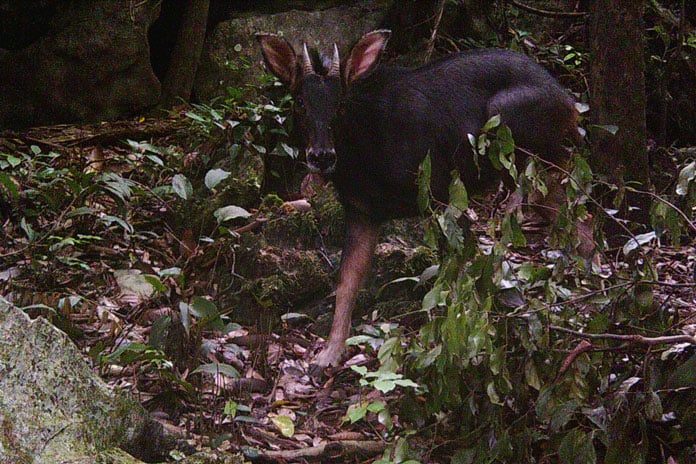
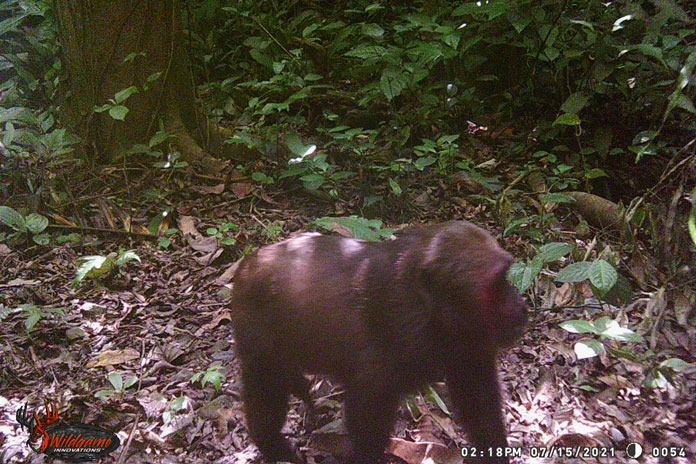
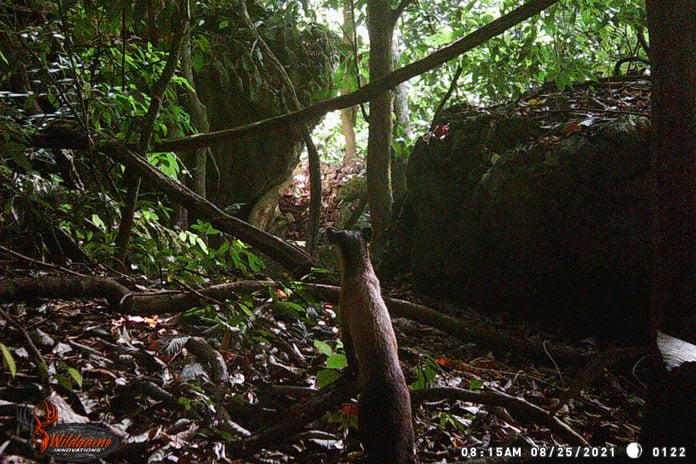
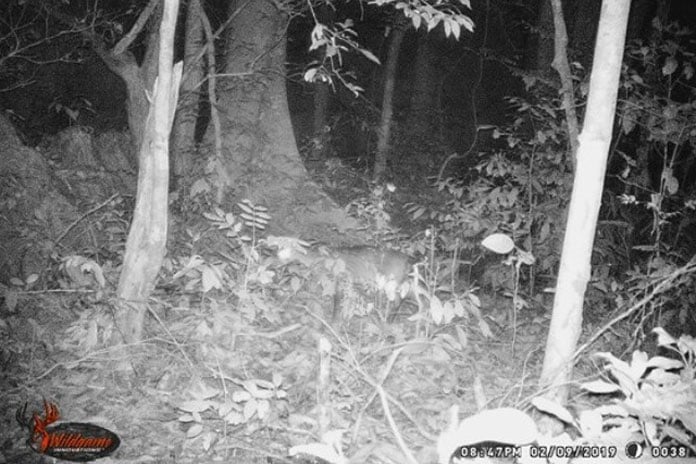
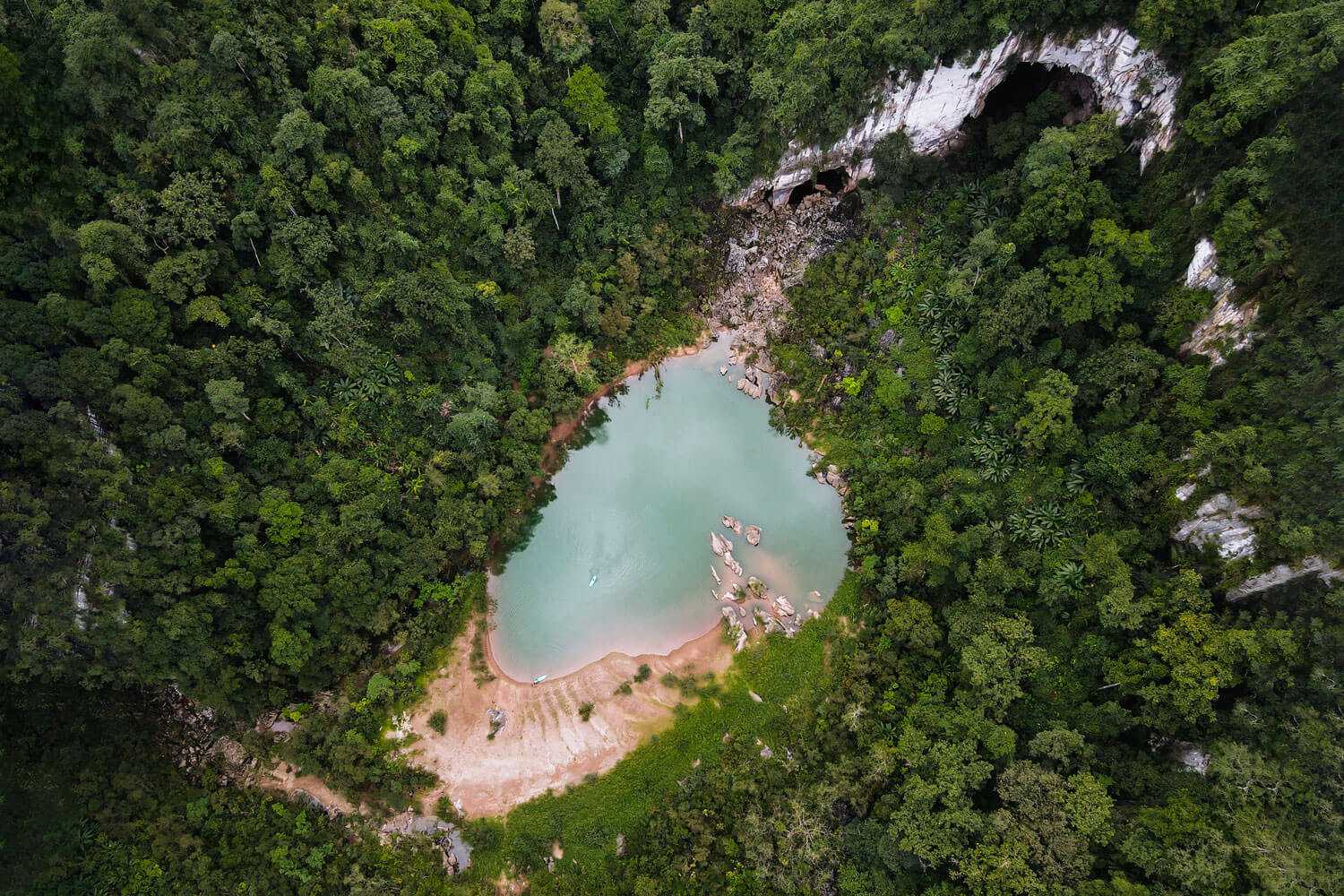
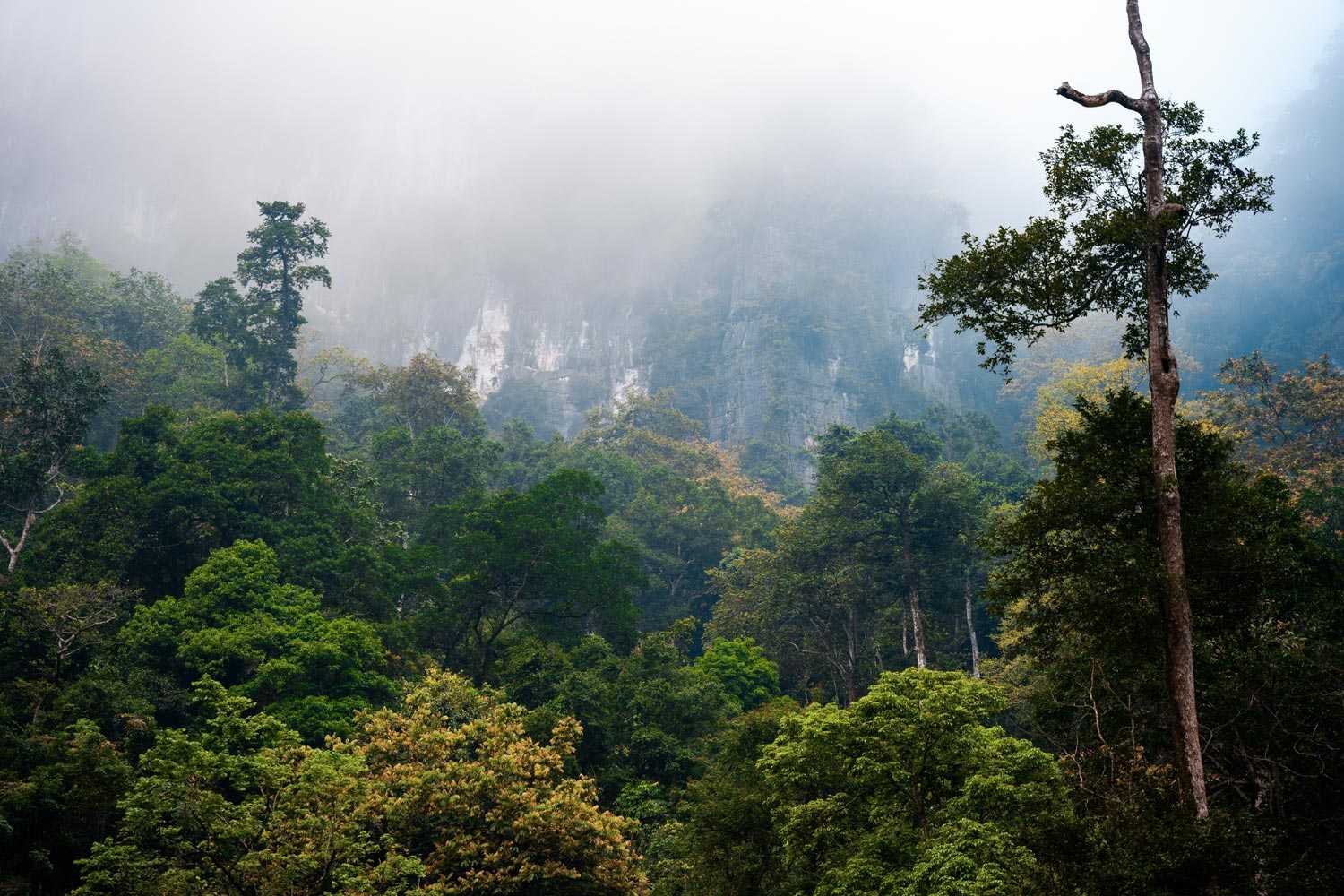
__637051765075307793.jpg)
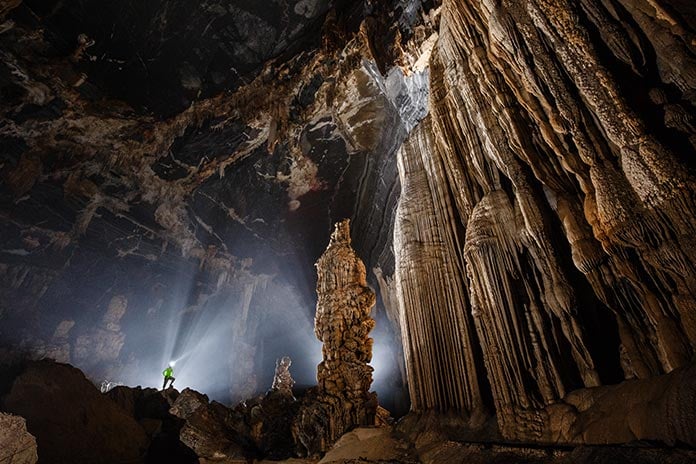
__637051782550081035.jpg)
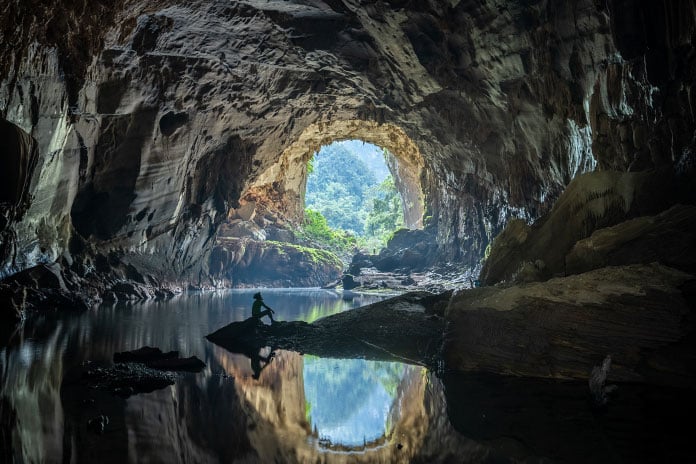
__637051777074859032.jpg)
__637051780703588520.jpg)
__637051781488596056.jpg)
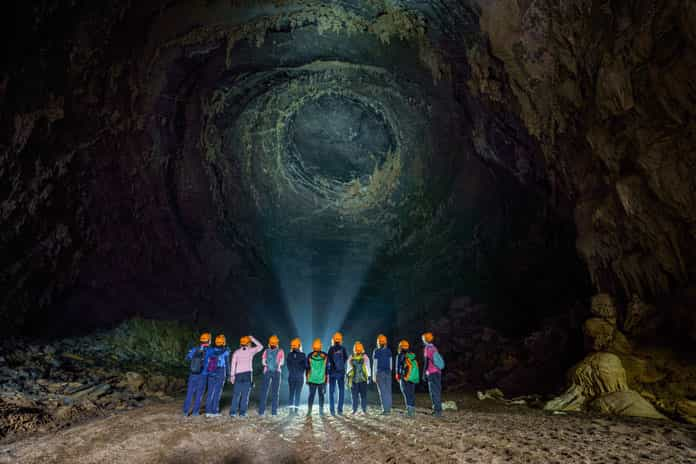
__637051767008903435.jpg)
__637051774329206026.jpg)
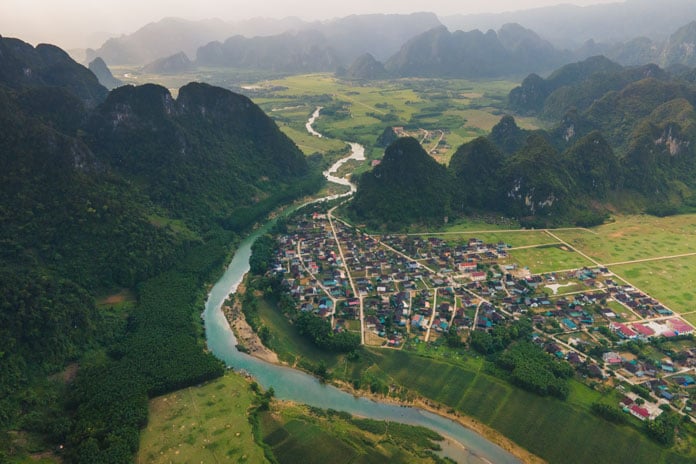
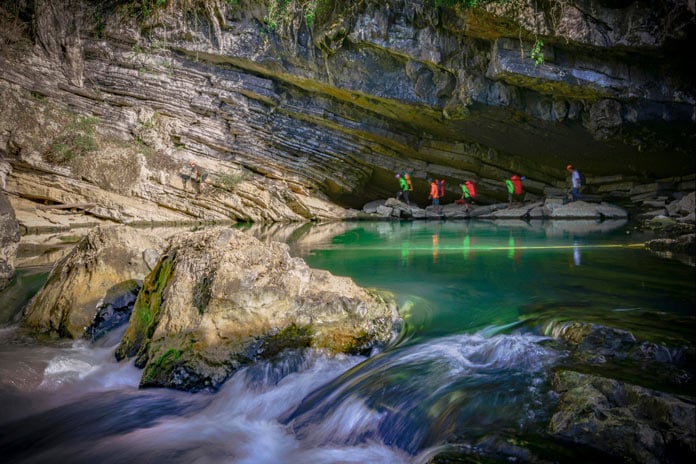
__637740499994967442.jpg)
